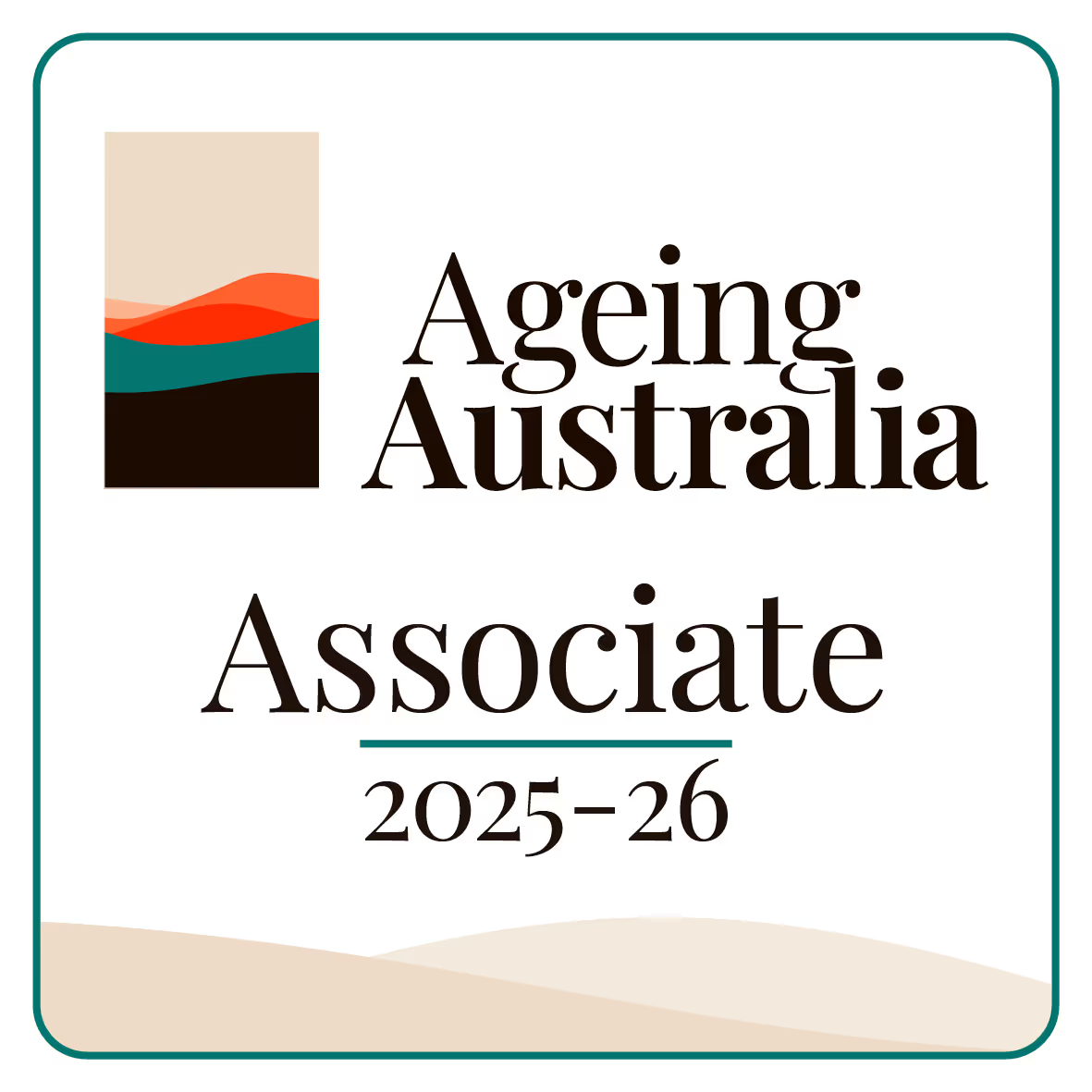Caring for older individuals has always been a crucial part of society. But, as you may know, the way care is delivered has drastically changed over the centuries. Let us take a walk down memory lane and look at how aged care standards have developed into what they are today. Along the way, you will see how shifts in priorities and policies have shaped the quality of care for the elderly.
1. Early Practices: Caring Without Standards
Long before there were formal aged care facilities or rules, care for older people was mostly a family affair. In ancient times, elderly members were respected and cared for within their homes.
Back then, care was rooted in survival. Without modern medicine, illnesses went untreated, and help was mostly limited to basic support like food and shelter. No one was tracking outcomes or measuring the quality of care—it simply was not a concept yet.
The idea of "quality" came later, as societies grew and began creating systems to support vulnerable members, including the elderly. Religious organizations, monasteries, and local communities began to step in, offering rudimentary care for those without families. Though well-meaning, this care was inconsistent and often harsh by today’s standards.
.png)
2. The Birth of Institutions: From Almshouses to Nursing Homes
The 17th and 18th centuries saw the establishment of almshouses in many countries. These institutions were not exactly cheerful places. They were overcrowded, poorly staffed, and often served as a last resort for the elderly who had no one to care for them.
Over time, governments began to recognize the growing need for better support systems. By the late 19th century, the concept of specialized nursing homes began to take shape. This shift was fueled by industrialization, which drew younger family members into cities, leaving older relatives behind.
Although these early institutions aimed to help, they still lacked the structure and oversight we take for granted today. Care was rudimentary, and residents often suffered from neglect or mistreatment.
3. The Early 20th Century: Introducing Regulation
By the 20th century, public awareness began shifting. People started demanding better living conditions for the elderly. Governments began stepping in, introducing regulations to ensure that care facilities provided at least a basic standard of living.
For instance, hygiene standards became mandatory, and medical oversight in homes improved. This was a game-changer, as it began addressing not just physical needs but also the safety and dignity of older adults.
However, even with these advancements, aged care standards varied widely. Some facilities thrived under these new rules, while others struggled to adapt, leading to ongoing gaps in quality.
.png)
4. The Mid-Century Boom: A Focus on Quality
The middle of the 20th century brought significant progress in aged care. Post-war prosperity allowed governments to invest in public health initiatives, including elder care programs.
This era also saw the rise of training programs for caregivers. Nurses and staff were taught not just medical skills but also how to treat residents with compassion and respect. Policies were developed to monitor staffing levels, sanitation, and nutrition, ensuring better outcomes for those in care.
But, challenges persisted. Overcrowding and underfunding still plagued many facilities, highlighting the need for continuous improvement in aged care standards.
5. The Rise of Person-Centered Care
By the late 20th century, a groundbreaking idea emerged: person-centered care. The focus shifted from simply meeting physical needs to respecting the individuality and autonomy of each elderly person.
This approach emphasized:
- Choice: Allowing residents to make decisions about their daily lives.
- Dignity: Treating individuals with respect, no matter their physical or mental state.
- Community: Encouraging social interaction and meaningful activities.
This marked a significant shift in how facilities operated. It was no longer just about keeping people safe—it was about helping them thrive in their later years.
.png)
6. Modern Aged Care Standards: High Expectations
Today, aged care standards are miles ahead of where they were even a few decades ago. Modern facilities are expected to provide a holistic experience, addressing physical, emotional, and social needs.
Here are some key components of current aged care policies:
- Comprehensive Assessments: Care plans tailored to individual needs.
- Staff Training: Continuous education to keep up with best practices.
- Technology: Tools like electronic health records improve accuracy and efficiency.
- Infection Control: Especially relevant during global health crises like COVID-19.
Governments now closely monitor facilities, conducting regular inspections to ensure compliance with these standards.
.png)
7. The Challenges Ahead
Despite all the progress, aged care still faces its fair share of hurdles. For example, funding shortfalls can make it difficult to maintain staffing levels and quality services. Additionally, an aging population means demand for care is growing rapidly, putting more pressure on existing systems.
To meet these challenges, innovation and adaptation will continue to play a vital role. Care providers like you are essential in shaping the future of aged care.
Conclusion
The evolution of aged care standards is a story of progress, shaped by shifting societal values and tireless advocacy for better treatment of older adults. From the humble beginnings of family care to the highly regulated, compassionate systems we see today, each step has brought us closer to ensuring dignity and respect for the elderly.
As you navigate your role in this ever-changing landscape, remember that the work you do makes a difference. You are part of a long tradition of caregivers who have helped shape aged care into what it is today—and what it will become tomorrow.










